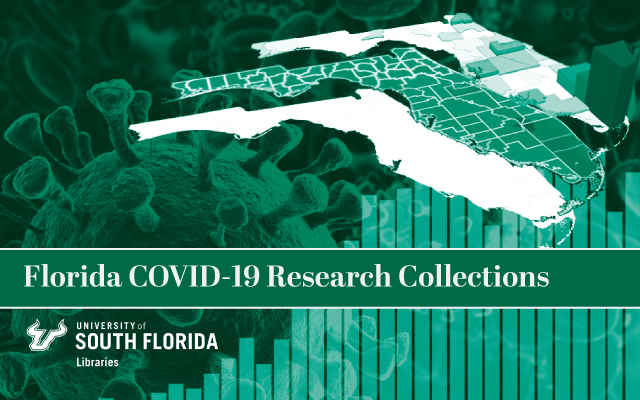
All publications
Document Type
Article
Publication Date
1-21-2021
Keywords
COVID-19 pandemic, US, air quality, remote sensing, atmospheric composition
DOI
https://doi.org/10.3390/rs13030369
Abstract
The recent COVID-19 pandemic has prompted global governments to take several measures to limit and contain the spread of the novel virus. In the United States (US), most states have imposed a partial to complete lockdown that has led to decreased traffic volumes and reduced vehicle emissions. In this study, we investigate the impacts of the pandemic-related lockdown on air quality in the US using remote sensing products for nitrogen dioxide tropospheric column (NO2), carbon monoxide atmospheric column (CO), tropospheric ozone column (O3), and aerosol optical depth (AOD). We focus on states with distinctive anomalies and high traffic volume, New York (NY), Illinois (IL), Florida (FL), Texas (TX), and California (CA). We evaluate the effectiveness of reduced traffic volume to improve air quality by comparing the significant reductions during the pandemic to the interannual variability (IAV) of a respective reference period for each pollutant. We also investigate and address the potential factors that might have contributed to changes in air quality during the pandemic. As a result of the lockdown and the significant reduction in traffic volume, there have been reductions in CO and NO2. These reductions were, in many instances, compensated by local emissions and, or affected by meteorological conditions. Ozone was reduced by varying magnitude in all cases related to the decrease or increase of NO2 concentrations, depending on ozone photochemical sensitivity. Regarding the policy impacts of this large-scale experiment, our results indicate that reduction of traffic volume during the pandemic was effective in improving air quality in regions where traffic is the main pollution source, such as in New York City and FL, while was not effective in reducing pollution events where other pollution sources dominate, such as in IL, TX and CA. Therefore, policies to reduce other emissions sources (e.g., industrial emissions) should also be considered, especially in places where the reduction in traffic volume was not effective in improving air quality (AQ).
Rights Information

This work is licensed under a Creative Commons Attribution 4.0 License.
Citation / Publisher Attribution
Remote Sensing, v. 13, no. 3, article 369, p. 1-23.
Scholar Commons Citation
Eishorbany, Yasin F.; Kapper, Hannah C.; Ziemke, Jerald R.; and Parr, Scott A., "The Status of Air Quality in the United States During the COVID-19 Pandemic: A Remote Sensing Perspective" (2021). All publications. 1.
https://digitalcommons.usf.edu/usf_fcrc_all/1

